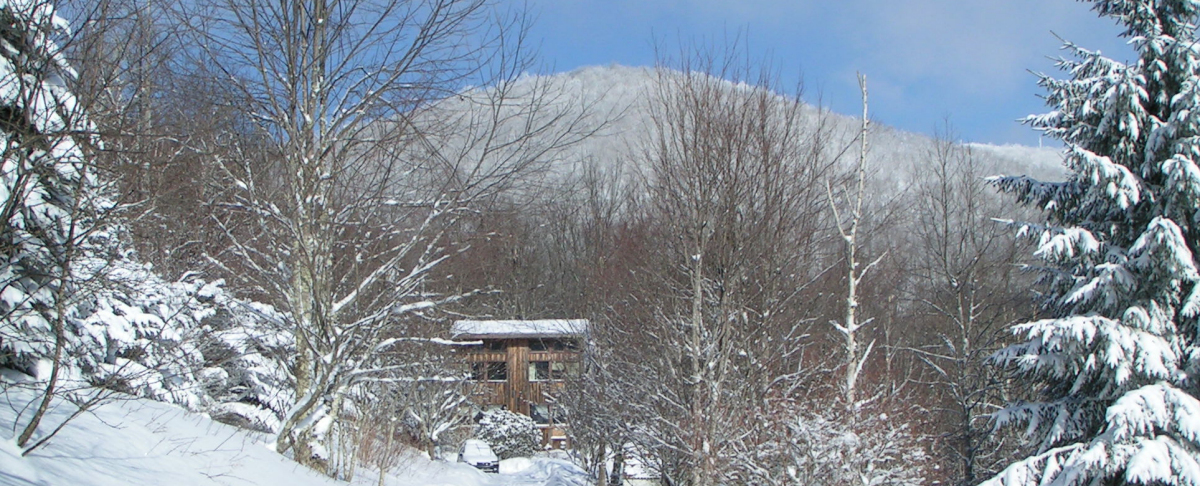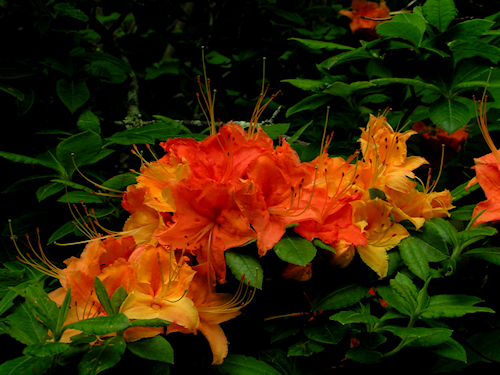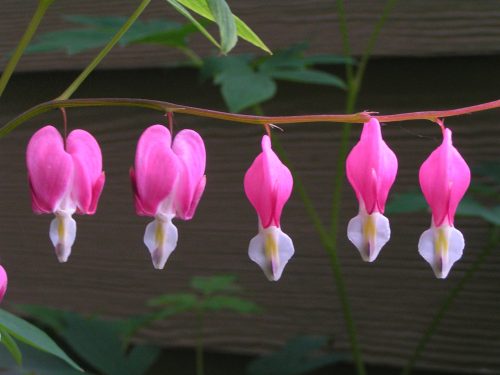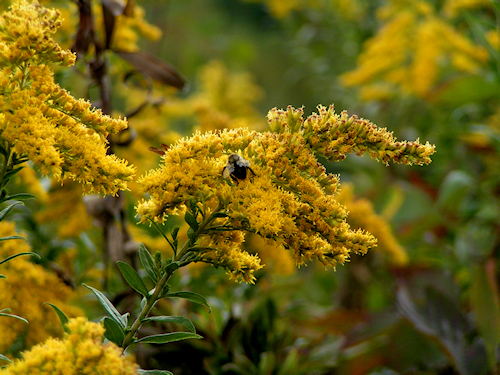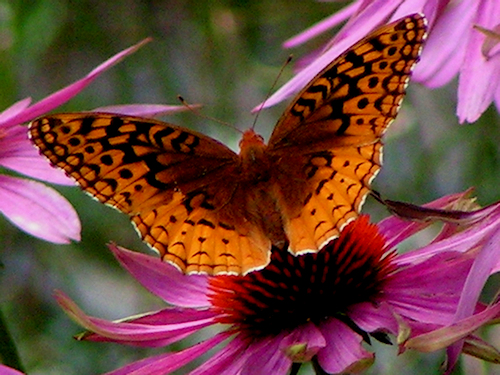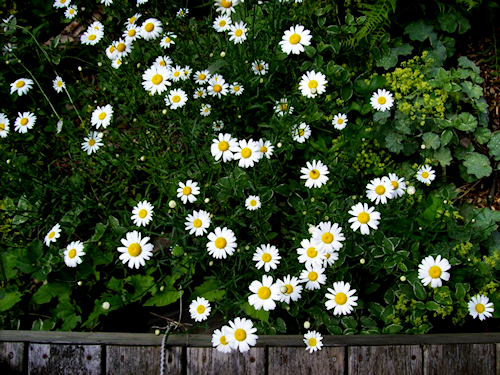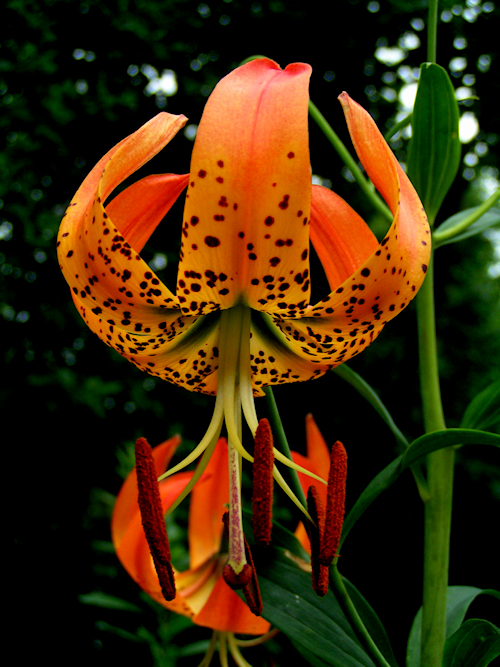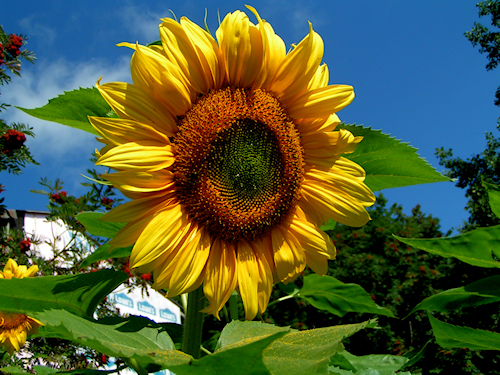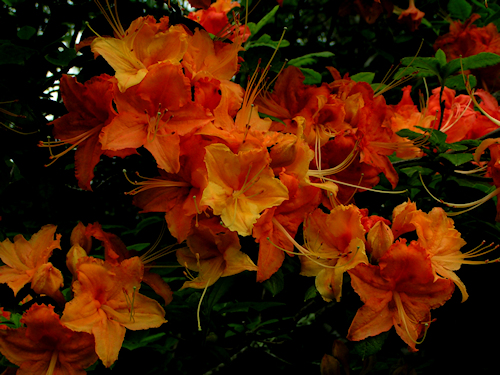We just ran out yesterday to get a bag of flour. But this was not just any flour. It is supposed to be “soft” flour. We weren’t really sure what that meant, but a little research showed soft flour is made from soft wheat which has less protein and lower gluten content. It is generally what is used for cake flour and for great biscuits. We didn’t especially care about those facts. This was a good excuse (as if we needed one) to take a break from several days of writing and house addition planning. It also was good reason to get out into the bright sunshine on a warmer-than-it-has-been day and drive seventy-five miles or so to Boonville, North Carolina to the Boonville Flour and Feed Mill and its companion store, both built way back in 1896.
The store had lots to choose from and we didn’t resist getting more than just the flour, as can be seen from one of the accompanying photos. In addition to multiple types of flour and baking mixes, there were candies, pickles, canned veggies, sorghum molasses, and almost any type of preserve, jelly, and jam one could possibly want. There was even one jar labeled “Traffic Jam”; I meant to check the ingredients on that one, but unfortunately got distracted.
While the flour mill store was great, a trip off the mountain at this time of year is always a treat. We got to see spring working its way up the mountain as we drove to the lower elevation. And when we got down to Wilkesboro and beyond, it was delightful to see how many plants were in full bloom and how much more the trees and shrubs had leafed out in the short time since we had been there on another day out. Of course taking a few pictures is always part of our travels. Here are a few.
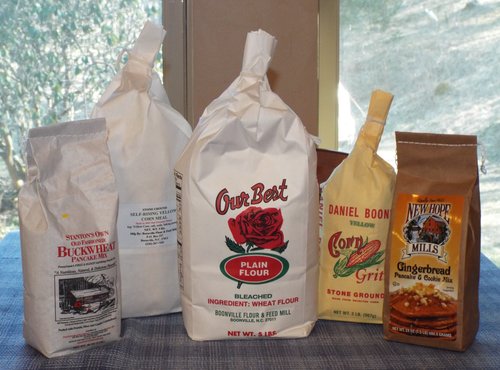
Some of our flour selections
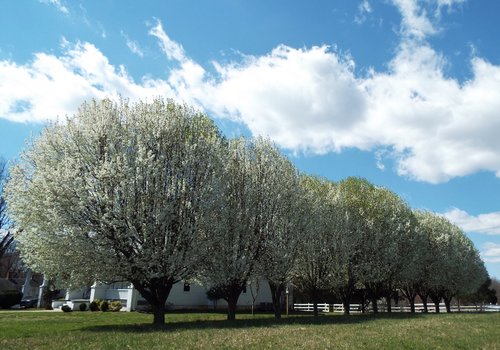
We saw Bradford Pears everywhere in splendid bloom.
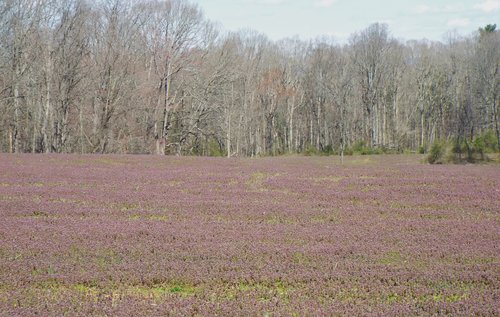
One of numerous fields carpeted in lovely “weeds”
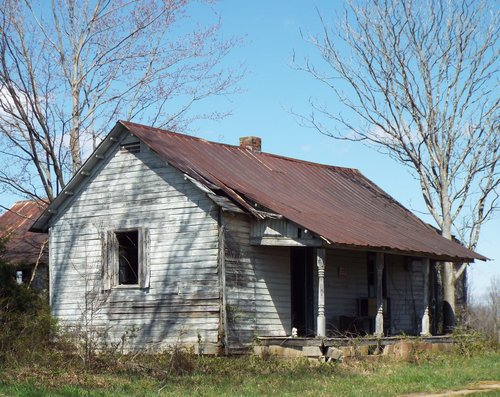
I can’t resist an old farmhouse.
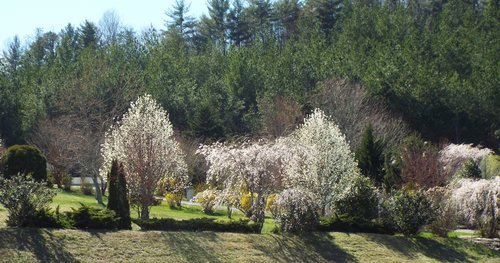
One gorgeous landscape!
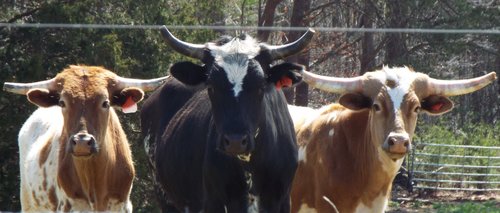
These beauties watched us while we were watching them.
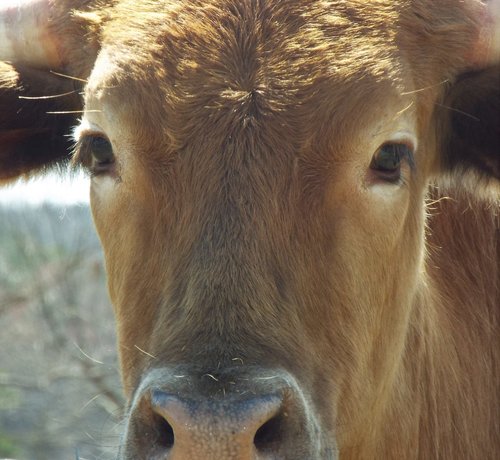
Oh, those lovely dark eyes!
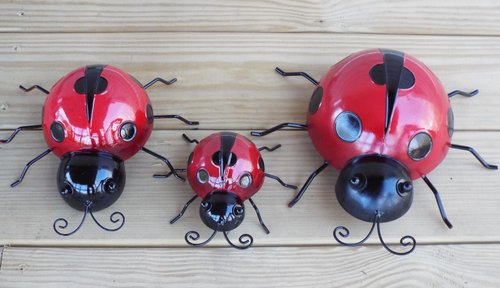
We even found a few ladybugs for the wall of our little barn.
